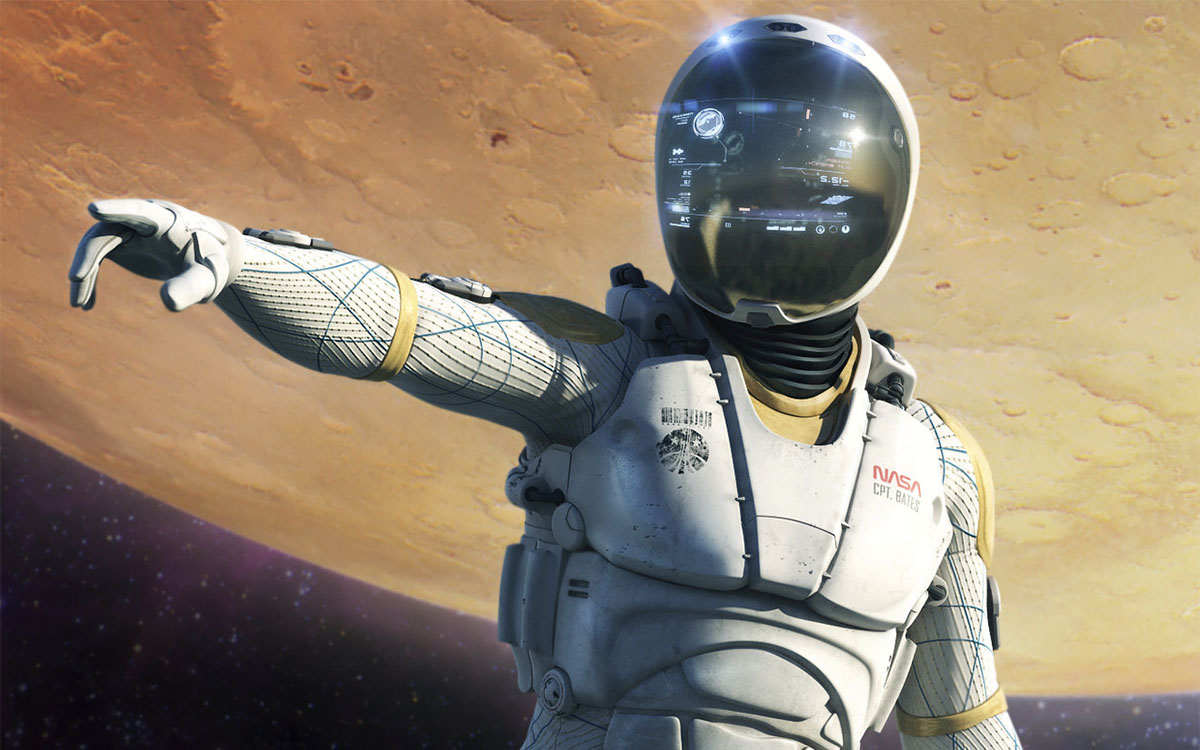nasa in 2011: the good, the bad and the ugly

So it seems that the Constellation program is finally dead in the water, a conclusion that’s not surprising to all the bloggers and reporters watching its development. At best, it was a chance to relive the Apollo glory days, and at worst, it was a big step back for NASA. Intended to put humans back on the Moon by 2020, it was given so little cash that a lunar orbit by 2030 would’ve been a major achievement. Even worse, it was slowing down the technological development of safer, more reliable and more efficient space travel by going back to what was state of the art in the 1970s and abandoning all research into single stage launch vehicles. But the new budget for the agency looks to fix these problems and forge alliances with space tourism startups who would dearly love to start sending humans into deep space on brand new launch vehicles as soon as they can.
And that’s one of the good things about NASA’s new budget proposal. Rather than flag planting, the focus now is to create a new generation of space infrastructure, bolster robotic exploration to pave the ground for human travel, and come up with new ways of launching astronauts in space with the help of big dreamers who don’t just want to make money by launching people into space, but are driven by the kind of spirit of exploration that was beaten out of NASA by narrow-minded bureaucrats and budget cuts from politicians who lack any and all vision beyond their campaign funding strategies.
Space travel isn’t being privatized of course, not yet, but the closer cooperation between the government and aggressive aerospace startups could be a catalyst for all kinds of new inventions. Yes, no privately built launch vehicle other than the prototypes for Virgin Galactic have been tested to launch humans safely into space and no company other than major defense contractors built a vehicle able to launch them into orbit. However, with an imperative to do just that and billions waiting for those who make it happen, expect space tourism startups to attack the drawing boards with renewed vigor.
But of course there is a catch here. The size of the actual budget itself is still quite paltry considering what has to be done, just a few billion dollars per year to crucial areas like propulsion R&D and robotic missions. That’s more than is being invested now, but still too little to discourage penny pinching and the kind of risk taking that could really produce spectacular results. And since about half of Americans already think we spend way too much on space travel as it is, there’s a risk of these funds being capped should the economy recover slower than expected by optimistic estimates.
True, channeling about $6 billion to projects that create R&D, technical and engineering jobs is hardly going to impact a $15 trillion economy, but in tough times whenever the news announces that government money isn’t being spent on them, they get mad. And even though NASA says that it will be taking baby steps towards a more promising and fruitful course, we should keep in mind that all this should’ve happened decades ago and it will take a very long time to see America return to orbit after the end of the shuttle program. Unless the government suddenly decides to starve its space program again of course. Then those routine trips to space will be just something we tell our kids about at bed time…





